SCIENTIFIC PROGRAM
September 13, 14 and 15, 2024 - RENNES
21st NATIONAL SBR DAYS
INAUGURAL CONFERENCE
To each his own Everest

Nacer BEN ABDELJALIL
ADVENTURER, COACH & SPEAKER
The speaker draws a parallel between the values of excellence in sport and in management. Through his success story (the first Moroccan to climb Everest), he develops the different stages that lead to collective success, detailing through real-life examples the values that flow from it, such as perseverance, resilience, benevolence, commitment and humility.
Class II/2 dentoalveolar compensations

Dr Laurent DELSOL
CDSQODF - C.E.C.S.M.O..
University lecturer - hospital practitioner
Member of the European Board of Orthodontists
The maxillary incisors, by virtue of their shape, color and above all their position, are the most important aesthetic element of the smile.
Removing compensations, and in particular the vertical dimension in Class II/2 cases, is one of the most important therapeutic objectives for achieving a stable aesthetic, functional and periodontal result.
This is conditional on an etiological investigation of the excess of anterior coverage, enabling an individualized therapeutic strategy to be established.
The protocol implemented must ensure greater durability of dental and peridental tissues, as well as releasing growth in adolescents in order to achieve facial harmonization.
Supraclusion and Aligners: Dissecting the Round Tripping protocol
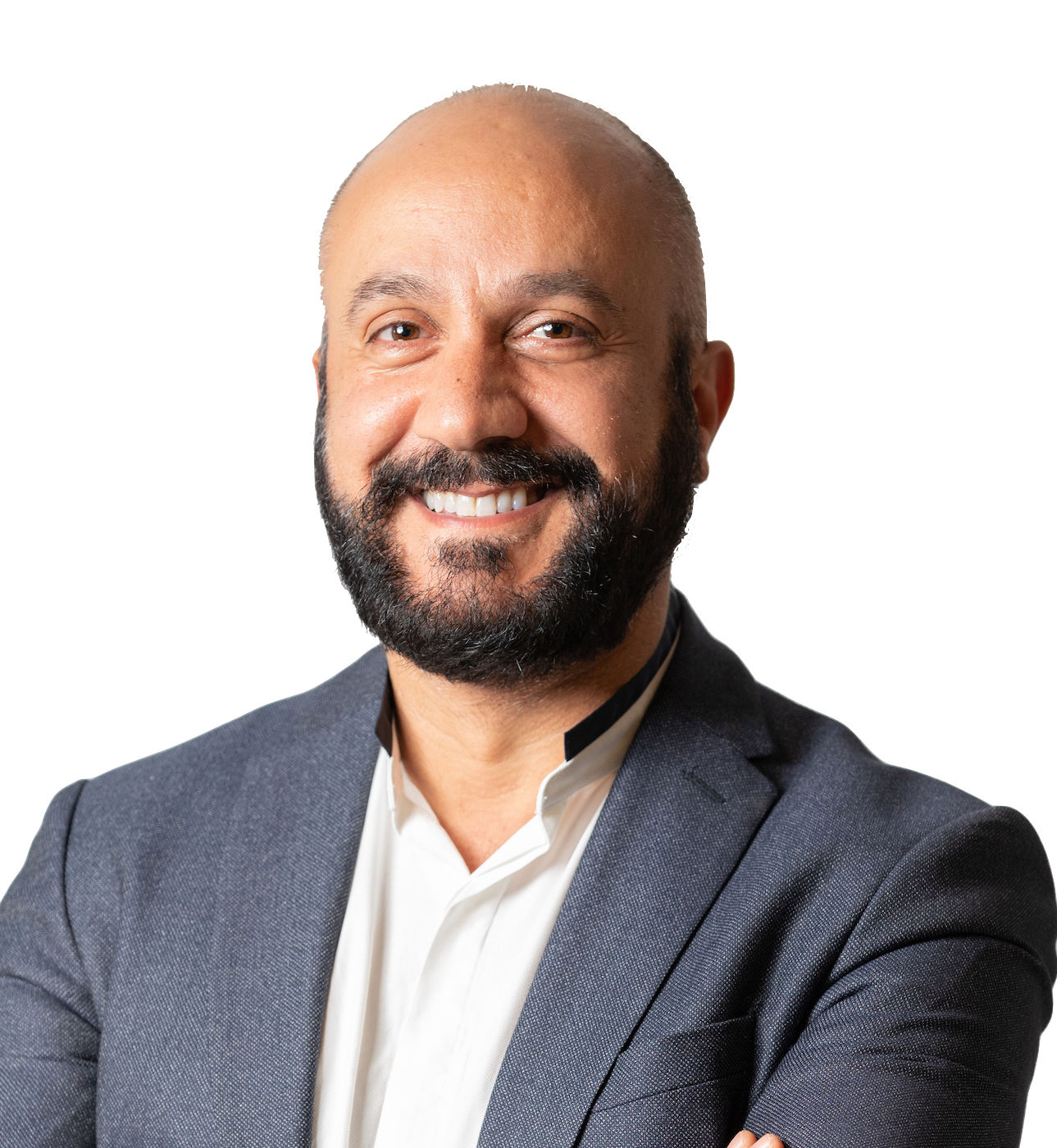
Dr André EL ZOGHBI
CDSQODF - CECSMO - Paris 7 -Diderot - CES de chirurgie dentaire - Orthopédie dento-faciale - Private practice in Choisy le Roy, France
The "round tripping" protocol, one of the essential tools in the correction of overbites, can be meticulously analyzed to optimize the process, making it predictable and easy to perform with aligners. This approach emphasizes treatment planning and the sequence of movements known as "staging", the judicious selection of a force system, and the incorporation of accessories such as retro-incisal wedges. By focusing on these aspects, it becomes possible to transform complex cases into successful, stable results by targeting the underlying cause rather than simply treating the "symptoms"!
Delaire and the vertical dimension
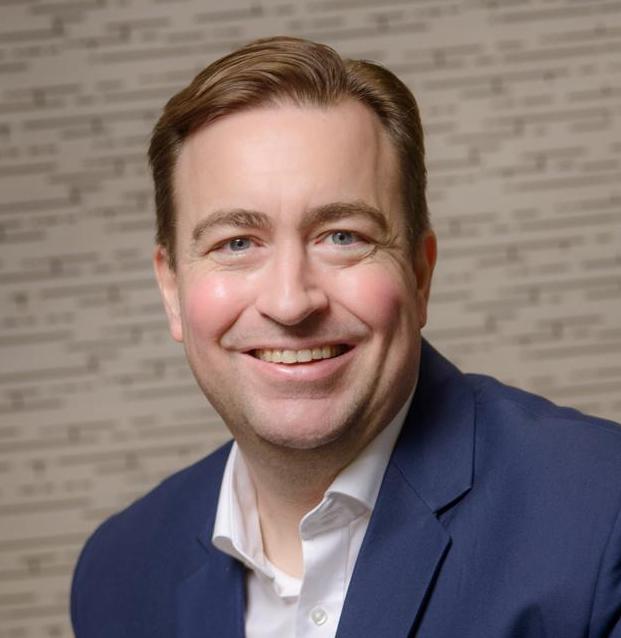
Dr Nicolas GOOSSENS
CDSQODF - CECSMO - Inter-University Diploma in Orthopedics
Cranio- Dento- Maxillo- Faciale awarded by the University of Dijon - Private practice in Meaux
Professor Jean Delaire devoted his life to understanding the development of our patients' faces. The structural and architectural skeletal analysis he carried out was second to none.
The vertical dimension is undoubtedly the most singular to tackle. Our therapeutic "tools" are often limited, and understanding the etiology of an observed problem is often difficult. The proof is in the signs of difficulties or, post-treatment, the great care taken to avoid a recurrence or simply a deterioration in the result we have obtained.
I'll try to bring you the Delairian vision of the vertical dimension in order to better understand the difficulties we face on a daily basis.
Vertical dimension and bilateral FLP: Long-term treatment

Bruno GROLLEMUND
CDSQODF - Private practice in Strasbourg
The aim of cleft lip and palate treatment is to reposition anatomical structures in order to achieve morphological and functional normalization, particularly with regard to nasal ventilation, facial and dento-skeletal growth, phonation, hearing, communication, facial expression and appearance.As the median bud is most often projected forward and downward, bilateral FLPs are the most severe forms of these congenital malformations.
Throughout the treatment, the orthodontist and surgeon aim to re-establish an anatomical environment favourable to growth, and to facilitate any subsequent prosthetic restorations by the dental surgeon.
Typologie, morphologie, et étiologie pour une stratégie thérapeutique de cl III
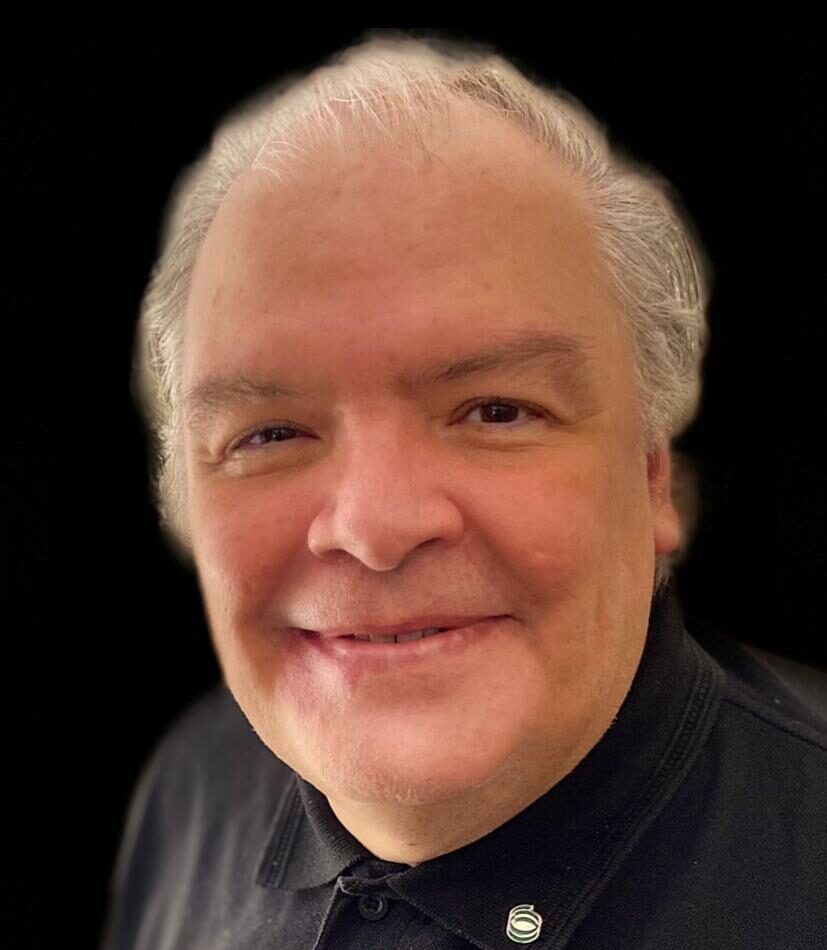
Dr Firas HAJ IBRAHIM
CDSQODF - Doctor of Odontological Sciences, exclusive orthodontic practice in DUBAI /U.A. E
How can typology influence orthodontic treatment decisions?
Should severe dolichofacial typology be considered a structural disease?
Are facial and oral morphology closely linked to typology, ethnicity or functional matrix?
Can bi-proalveolism also be considered a functional disease?
Can the neutralization of a function be the key to successful treatment?
Is functional rehabilitation useless for adults?
We will attempt to answer these questions with the help of a clinical experience in the treatment of CL lll dysmorphosis.
Information / prevention / interception: is this the winning trio for effective dentofacial orthopedics?
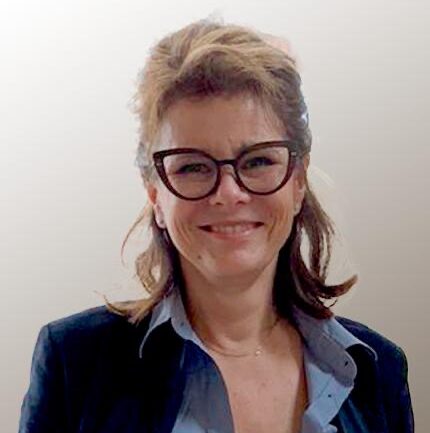
Dr Sandy HERMER
CDSQODF - Paris VII - former CEPOG director - former FFO general secretary, - private practice in Compiègne
Why and how, as part of a holistic approach, I now offer information as a prerequisite to any treatment ...
Severe typologies: reality or illusion... when anatomy has the last word.
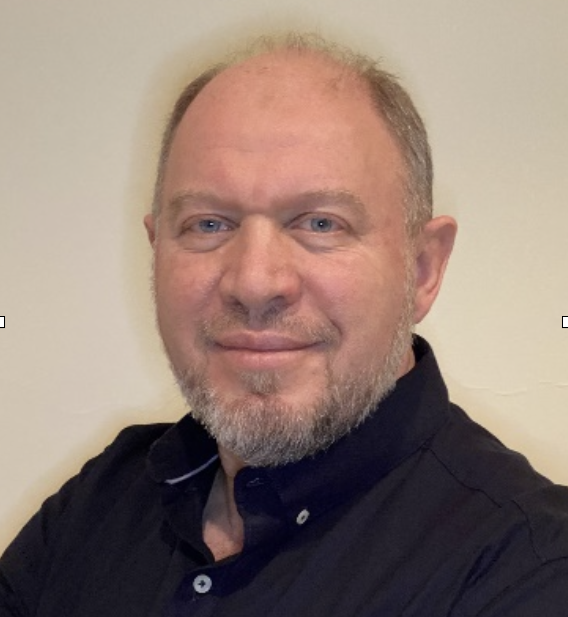
Dr. Saïd KHOLOKI
CDSQODF, exclusive orthodontic practice in Abu Dhabi since 1993,
-
"SIGHT IS A GIFT, BUT SEEING IS AN ART. Helen Keller, American writer.
With all the computer and technological advances in the field of orthodontics, and with all the tasks we entrust to our staff, it's vital to bear in mind that the right diagnosis is essential to the success of any orthodontic treatment.
All our practices are currently computerized and equipped with state-of-the-art software to facilitate the processing of data gathered during the "DIAGNOSTIC SYSTEM" process conceived and developed by Dr. Carl GUGINO. The advent of aligners and the way they are manufactured, with aggressive marketing reducing orthodontic treatment to a simple scan of the dental arches, a clin-check sometimes hastily viewed and finally a pretty box offered to the patient, doesn't help matters.
Nevertheless, it is vital to read teleradiographs, or the 'EYEBALL' as Gugino called it, carefully, so as to be able to make an initial diagnosis based on anatomy and not on statistical figures calculated by the computer.
The aim of my presentation is to demonstrate that careful examination of the profile X-ray can sometimes lead to different conclusions from those obtained through our numerical analysis. Anatomy is infallible, but statistical values can sometimes be misleading!
Mentoplasty as interceptive surgery
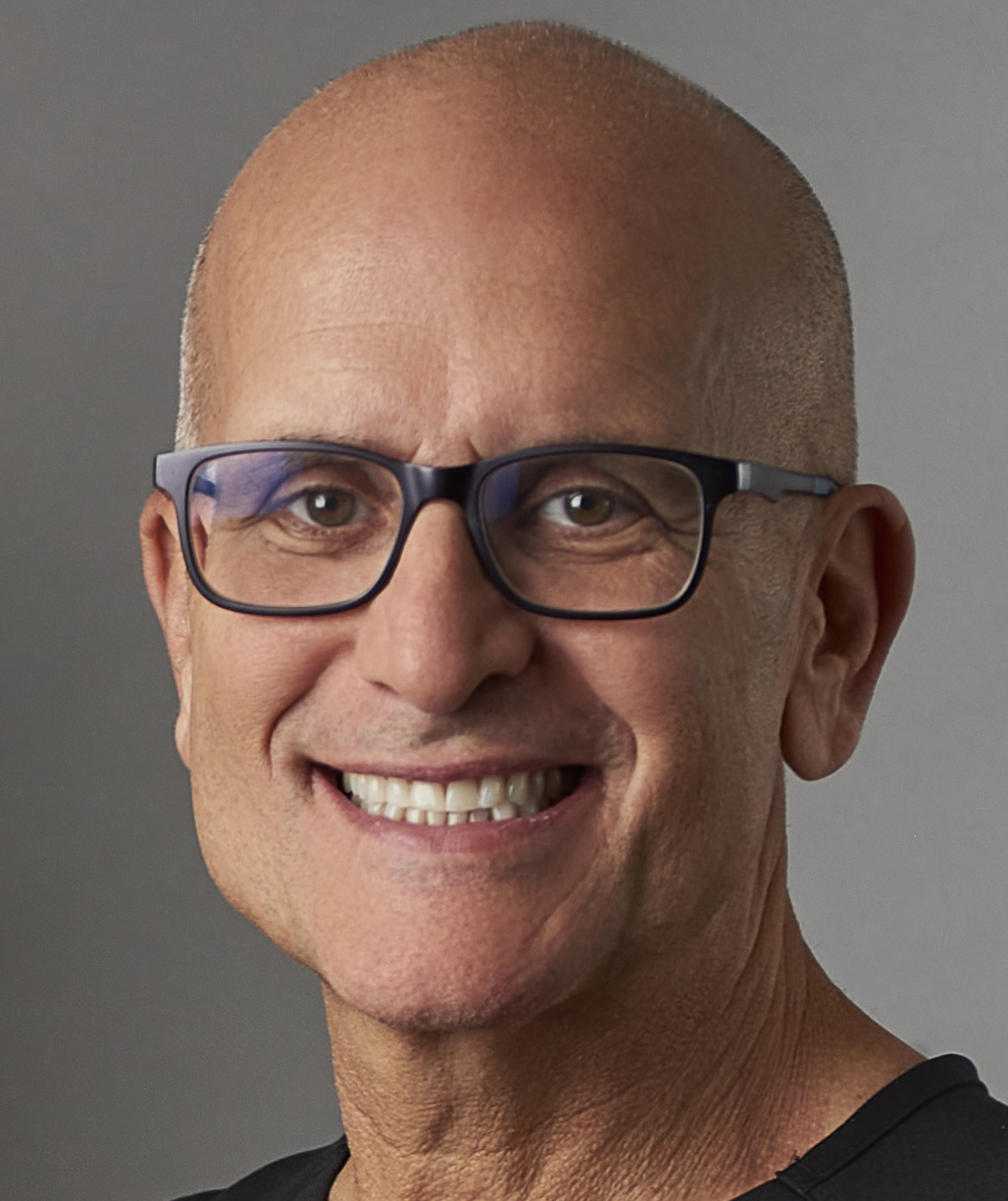
Prof. Michel LE GALL
Head of the Dentofacial Orthopedics Department at the School of Dental Medicine
Head of the Dentofacial Orthopedics Department, Hôpital de la Timone, Marseille - Associate Researcher, UMRT24 IFSTTAR Applied Biomechanics Laboratory - Inter-regional coordinator for the ODF DES in the South of France
Summary:
The chin is frequently responsible for excess height in the lower face. The result is a disturbance in chin-labial function. Functional disorders such as oral ventilation and atypical swallowing are often associated.
In this case, only a surgical technique that mobilizes the chin symphysis in all 3 dimensions will contribute to effortless labial closure, an essential element in the stability of the skeletal and dento-alveolar components: this is functional mentoplasty.
Its advantage lies in the fact that it can be performed as a first-line treatment on growing subjects, even before orthodontic treatment is started, as long as the mandibular canines are on the arch.
VERTICAL EXCESS, APPROACH AND REPRESENTATION

Dr Jean- Luc OUHIOUN
CDSQODF - Former Nantes University Hospital Assistant
Instructor in Dr Carl F. Gugino's training courses from 1997 to 2015.
President of the Société Bioprogressive Ricketts Rhône-Alpes since 2002.
Morphology, and in particular craniofacial morphology, is highly dependent on
environmental factors. It often reflects a person's life experience, as many authors have long since shown.
But is it possible that a person's physical appearance can influence his or her personality?
"Disjunction and protraction: it's vertical common sense ... and much more!"
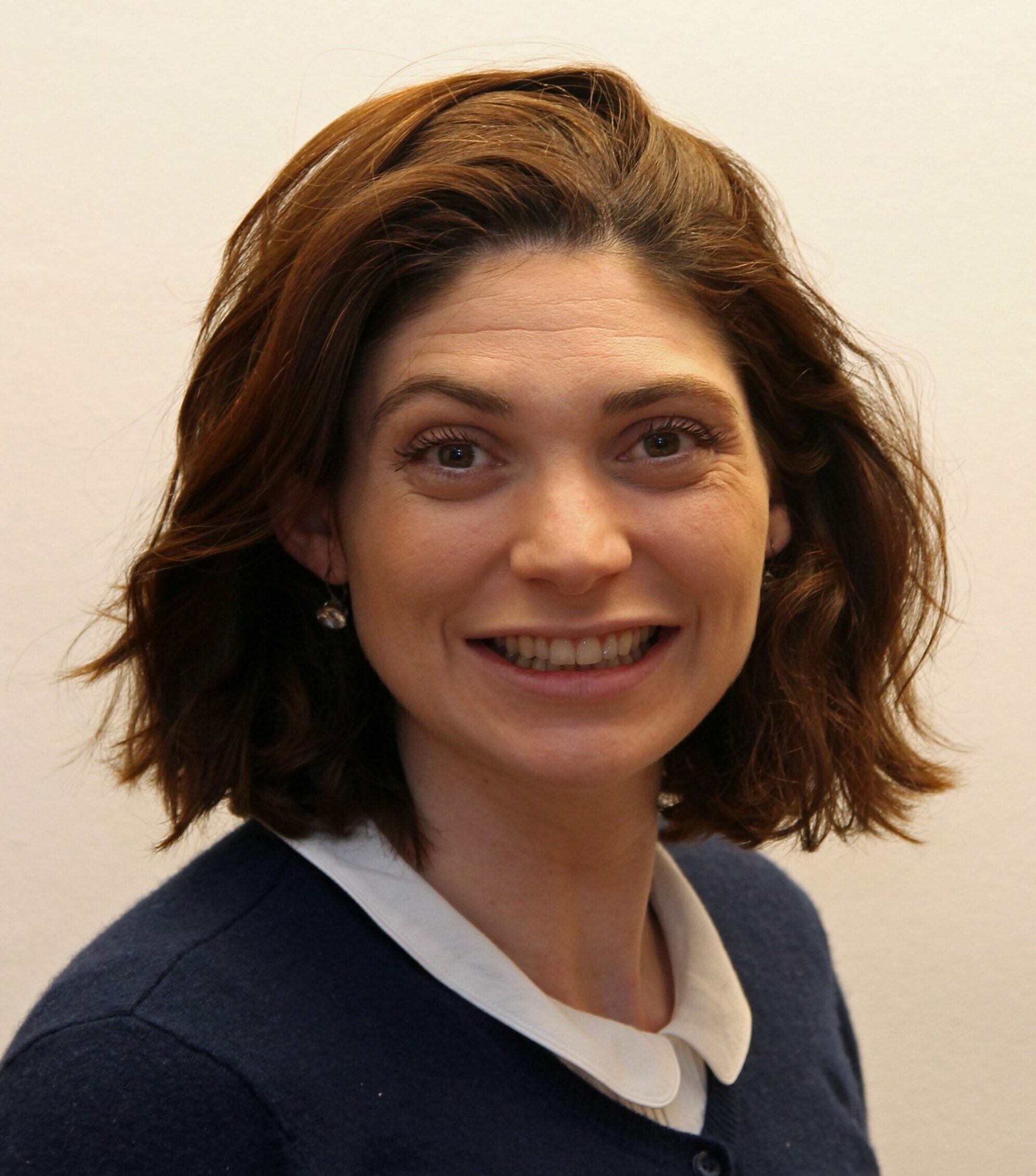
Dr Caroline ROUGET PERNET
General practitioner in Vezoul
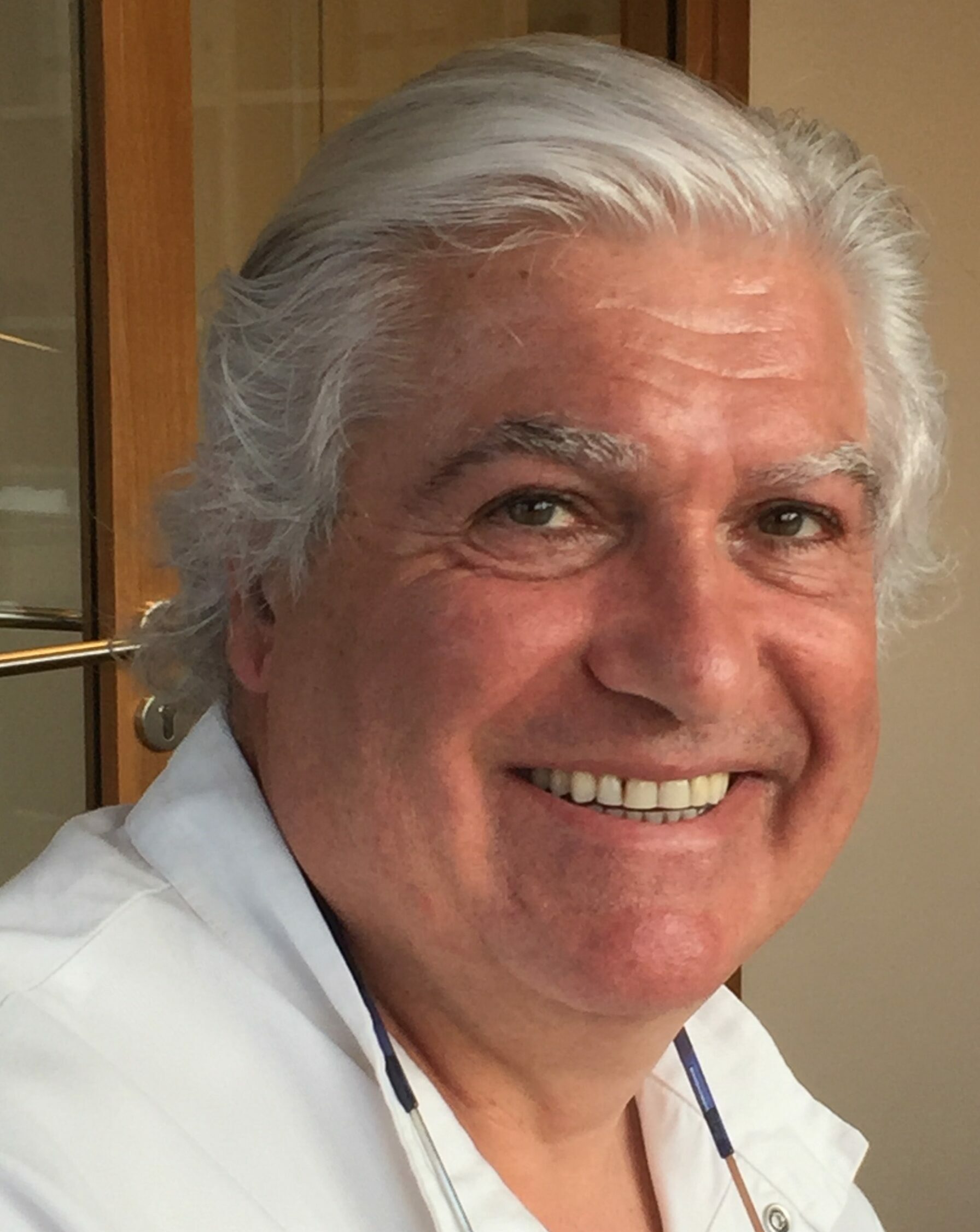
Dr Patrick PERNET
CDSQODF - Specialist in stomatology and dento-maxillofacial orthopedics. Practice in Vezoul.
Dr. Patrick PERNET presents an orthopedic treatment protocol for maxillary insufficiencies, combining intermaxillary disjunction, protraction and elevation wedges. After 40 years in practice, this protocol has evolved, taking particular account of the often disturbed vertical direction, which requires correction of the occlusal plane tilt.
Dr Caroline ROUGET-PERNET presents her thesis: "Snoring and obstructive sleep-disordered breathing in children: how children and their parents feel about intermaxillary disjunction treatment". She presents the results of individual interviews and a questionnaire sent to doctors.
IMD treatment is well tolerated and effective, but needs to be better known by healthcare professionals.
Vertical limit! From labial inocclusion to bruxism, the difficult re-education of the vertical sense.
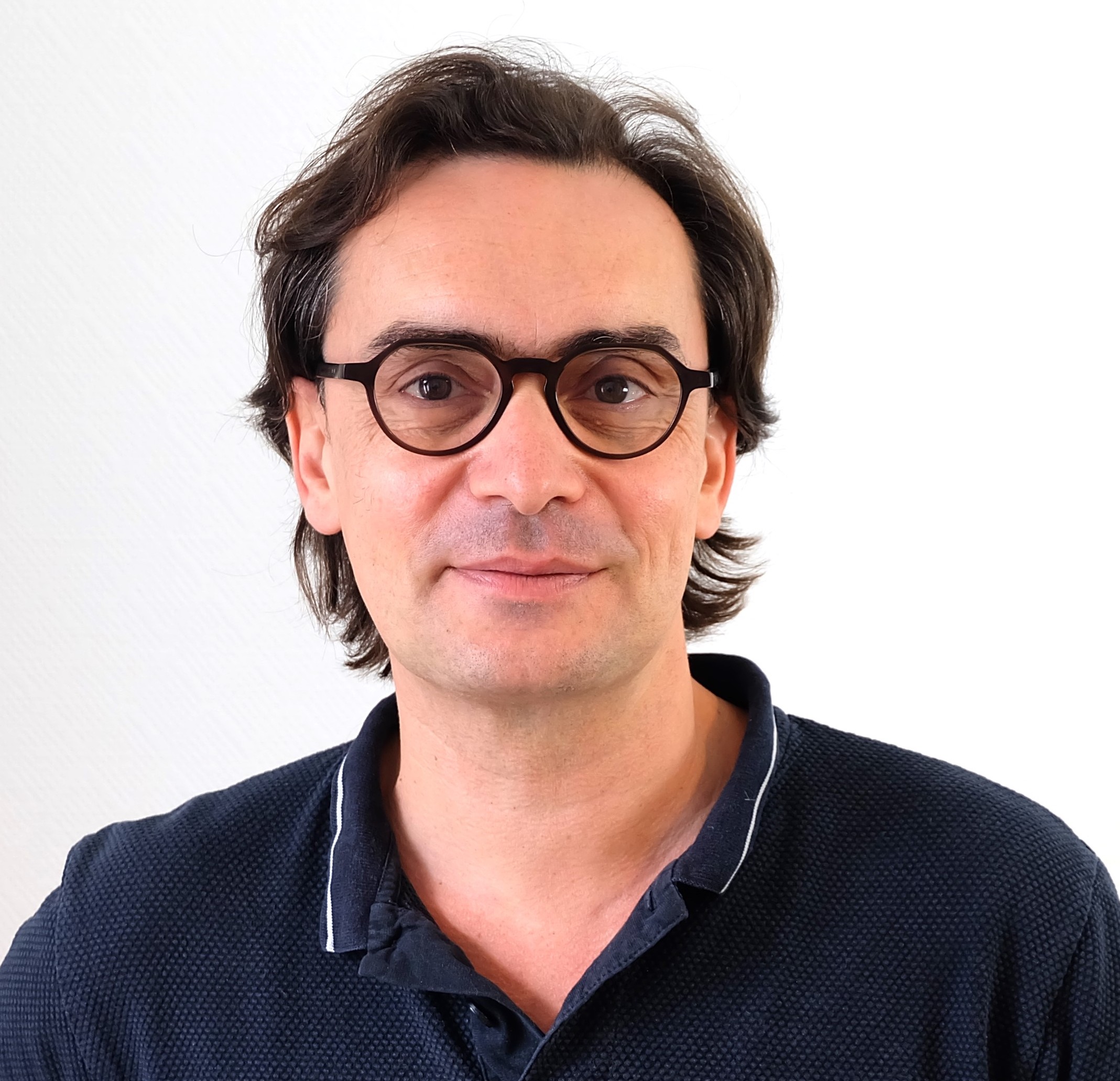
Thomas PERON
Physiotherapist - University Diploma in Cranio-maxillo-facial physiotherapy: from anatomy to physiotherapy. University of Bordeaux - private practice in Rennes
In the growth phase, oral ventilation and forward head posture contribute to excess vertical development. When labial inocclusion is established, maxillofacial surgery restores occlusion, but adaptive motor patterns are generally engrammed.On the other hand, when the vertical dimension is lacking, the role played by the pterygo-masseterine webbing prompts consideration of waking and sleeping bruxism.In all these situations, physiotherapy helps orthodontic treatment and increases the chances of stability.
But re-education is not a long, quiet river...
Systemic orthopedic treatment of Class III: a story of verticality
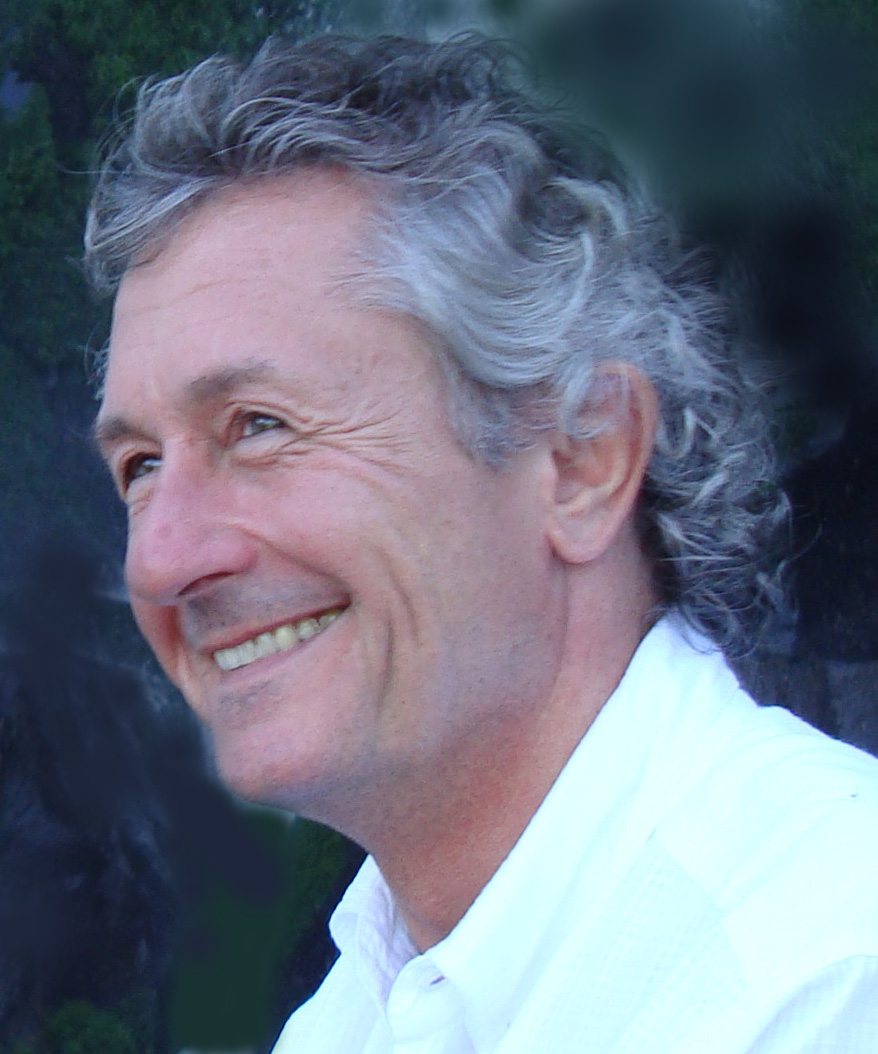
Dr Jean-Louis RAYMOND
DCD, DSO, SQODF, ex-MCU-PH, President of AFOS-AFPP - Designer of systemic orthodontics. Practice in Saint Laurent de la Salanque.
McNamara orthopedics takes into account only the transverse and anteroposterior dimensions, to the exclusion of the vertical dimension. Could the propensity for recurrence of these corrections be linked to this "oversight"?
Systemic orthopedics is, by nature, three-dimensional. It attaches paramount importance to the vertical dimension when reorienting the occlusal plane, an essential element in the rehabilitation of masticatory function.
This functional approach represents a new treatment paradigm which, in most cases, ensures the sustainability of its corrections. Numerous case studies illustrate this point.
Auteur de nombreux articles et de 3 livres :
Complexité du système masticateur – avec Dr J. KOLF –Empresa- 2014 ;
Orthodontie systémique : diagnostic et traitement – Empresa -2021
Orthopédie systémique des classes III – Empresa – 2023
